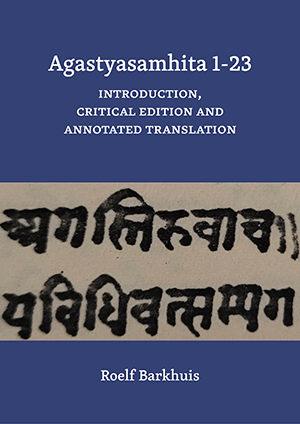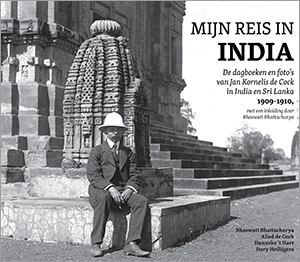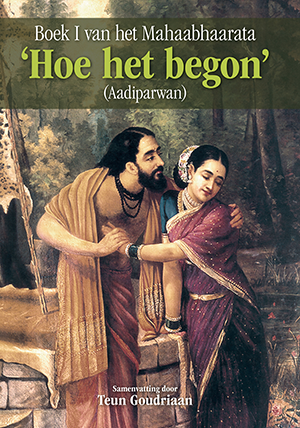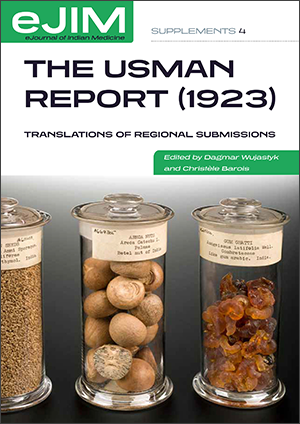This book is the first fascicle in a series that is designed as a reader’s Companion to a Sourcebook that presents all written sources with regard to Hunnic Peoples in Central and South Asia from the 4th to the 6th centuries of the Common Era.
Both these books are the outcome of an international research project, funded by the European Research Council, which aimed at collecting and exploring the texts regarding the Eastern, non-European Huns in more than a dozen original languages.
The first fascicle of the Companion Series focuses on the history of Hunnic People in South Asia, where they are known as Hūṇa in Sanskrit literature or Alkhan according to their own coinage. These Alkhan entered the Subcontinent in the 4th century. The fascicle reconstructs the history of the Alkhan kings, Khiṅgila Toramāṇa, and Mihirakula, and the impact of their invasion and control of large parts of Northern and Western India on Indian history and culture, in particular on the Gupta Empire. This history is shown to be interrelated with historic developments within the Sasanian Empire and historic events to the north of the Hindu Kush.
Reviews
Pankaj Tandon in Journal of the Oriental Numismatic Society 248 (Summer 2022), 29-30, https://www.orientalnumismaticsociety.org/
Klaus Karttunen in Orientalistische Literaturzeitung 119.2 (2024), 105-106, https://doi.org/10.1515/olzg-2024-0034List of maps and figures vii
Preface xi
Introduction 1
Chapter One The Sasanian and Gupta Empires and their Struggle against the Huns 9
Chapter Two The Hūṇas in Early Sanskrit Sources 37
Chapter Three The Alkhan in the Northwest of the Subcontinent: Two Early Epigraphic Sources 43
Chapter Four Toramāṇa’s Country 59
Chapter Five The Hunnic Wars 70
Bibliography 105
Indexes 119








